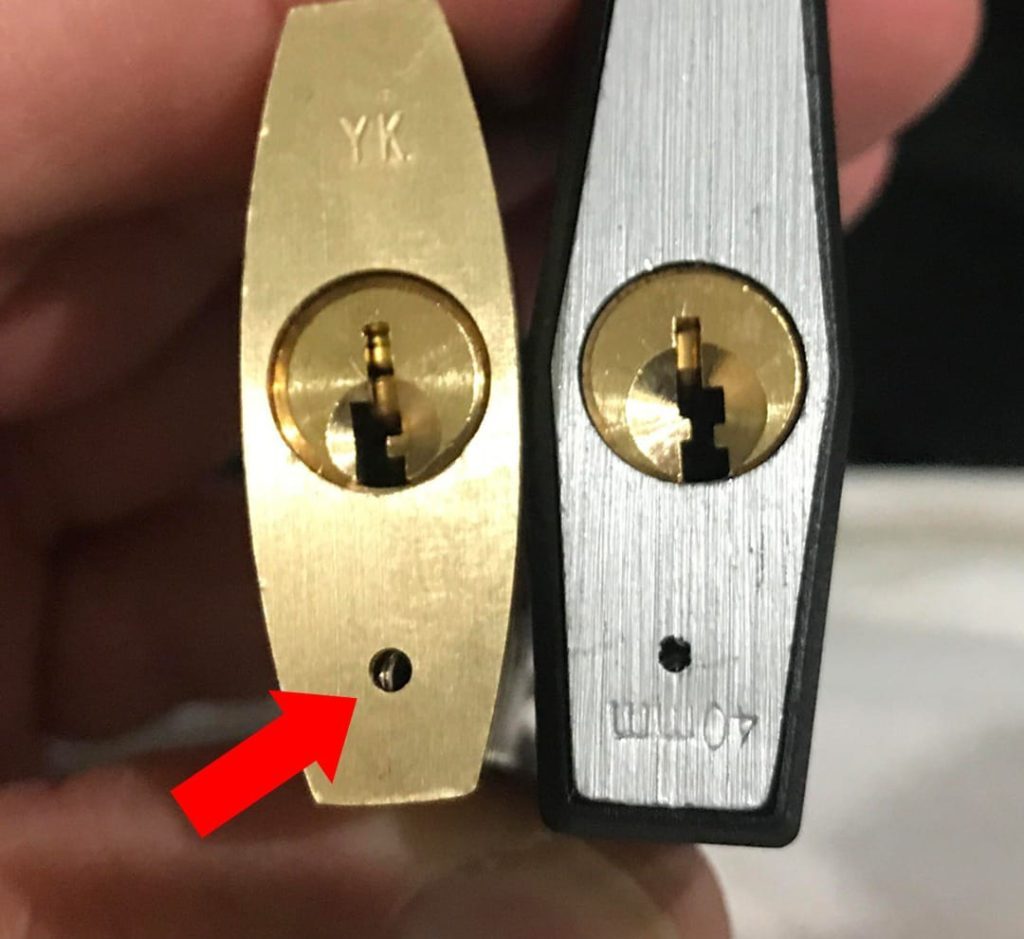Currently, in the market, there are various types of locks with different appearances. These locks are used to secure gates, doors, cabinets, etc., to safeguard our belongings. If you look closely, you’ll often notice that locks usually have one or two small holes beside the keyhole.

The reason for these holes is that locks are frequently installed outdoors, such as in yards or on gates. They are exposed to rain, sunlight, wind, and water.
Even though they are often made of rust-resistant materials like brass or stainless steel, prolonged exposure to the elements can cause them to oxidize and rust. Rainwater, as well as the moisture from dew or humidity, can also lead to rust, making the lock stiff and difficult to open.
So, if there’s no way for the water to drain out, the lock may become jammed and hard to operate. In some cases, you might even have to resort to lock-breaking methods.
To address this issue, manufacturers designed these small holes next to the keyhole. They help prevent water from accumulating inside the lock and inhibit rusting.
Even though many users may not be aware of the function of these holes, they are highly effective at draining water from the lock.
That’s why when purchasing locks, especially for areas prone to getting wet, like gate locks or outdoor locks, it’s crucial to choose ones with these drainage holes.
Without them, rainwater can accumulate inside the lock and cause it to rust rapidly. And when using the lock, it’s advisable to position it downward so that the water can drain out after rainfall.
If you don’t want to end up having to break your lock after a while, keep in mind the function of these small round holes.
Some locks have not just one but two holes for water drainage. Each lock has a small hole beside it. Its purpose is to serve as an outlet for the water to drain. If rainwater remains inside, the lock will rust quickly.



